- Author: Furious
- Date: March 29, 2025
- Updated: April 3, 2025
- Expansion: WoW Classic
DPS rankings and tier list for phase 7 in WoW Classic Season of Discovery, with Fire Mages and Melee Hunters at the top of the list but there are also quite a few dps classes and specializations that are not far behind.
Tier List
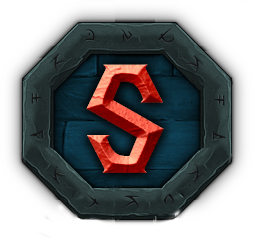 | Fire Mage | Melee Hunter | Balance Druid | ||
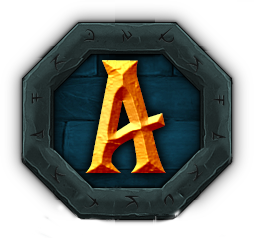 | Feral Druid | Destro Warlock | Retribution Paladin | Survival Hunter | |
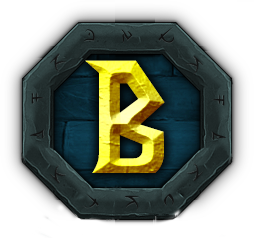 | MM Hunter | Assassin Rogue | Elemental Shaman | Subtlety Rogue | Shadow Priest |
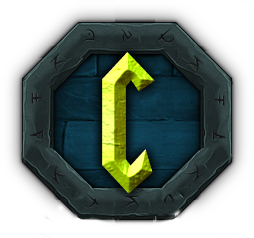 | Fury Warrior | Frost Mage | Enhance Shaman | BM Hunter | |
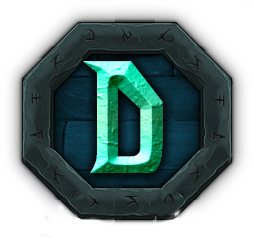 | Combat Rogue | Demo Warlock | |||
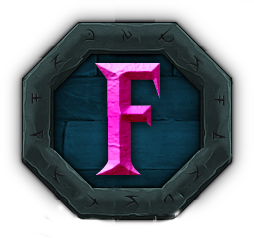 | Arms Warrior | Arcane Mage |
- Fire Mage (S Tier)
- Melee Hunter (S Tier)
- Balance Druid (S Tier)
- Feral Druid (A Tier)
- Destruction Warlock (A Tier)
- Retribution Paladin (A Tier)
- Survival Hunter (A Tier)
- Affliction Warlock (A Tier)
- Marksmanship Hunter (B Tier)
- Assassination Rogue (B Tier)
- Elemental Shaman (B Tier)
- Subtlety Rogue (B Tier)
- Shadow Priest (B Tier)
- Fury Warrior (C Tier)
- Frost Mage (C Tier)
- Enhancement Shaman (C Tier)
- Beast Mastery Hunter (C Tier)
- Combat Rogue (D Tier)
- Demonology Warlock (D Tier)
- Arms Warrior (F Tier)
- Arcane Mage (F Tier)
DPS Rankings
Here you can find the DPS rankings for WoW Classic Season of Discovery phase 7. These rankings are based upon in game data recordings with data captured by warcraftlogs.com.
Class | Spec | DPS | DPS % |
|---|---|---|---|
Mage | Fire | 22,277.51 | 100.00% |
Hunter | Melee | 22,123.94 | 99.31% |
Druid | Balance | 22,080.46 | 99.12% |
Druid | Feral | 21,712.02 | 97.46% |
Warlock | Destruction | 21,445.11 | 96.26% |
Paladin | Retribution | 21,259.47 | 95.43% |
Hunter | Survival | 21,084.31 | 94.64% |
Warlock | Affliction | 20,928.55 | 93.94% |
Hunter | Marksmanship | 20,790.48 | 93.32% |
Rogue | Assassination | 20,663.56 | 92.76% |
Shaman | Elemental | 20,523.32 | 92.13% |
Rogue | Subtlety | 20,399.97 | 91.57% |
Priest | Shadow | 20,376.13 | 91.47% |
Warrior | Fury | 20,018.10 | 89.86% |
Mage | Frost | 19,900.71 | 89.33% |
Shaman | Enhancement | 19,328.94 | 86.76% |
Hunter | Beast Mastery | 18,379.22 | 82.50% |
Rogue | Combat | 15,860.46 | 71.19% |
Warlock | Demonology | 15,009.81 | 67.38% |
Warrior | Arms | 7,685.59 | 34.50% |
Mage | Arcane | 1,588.64 | 7.13% |


